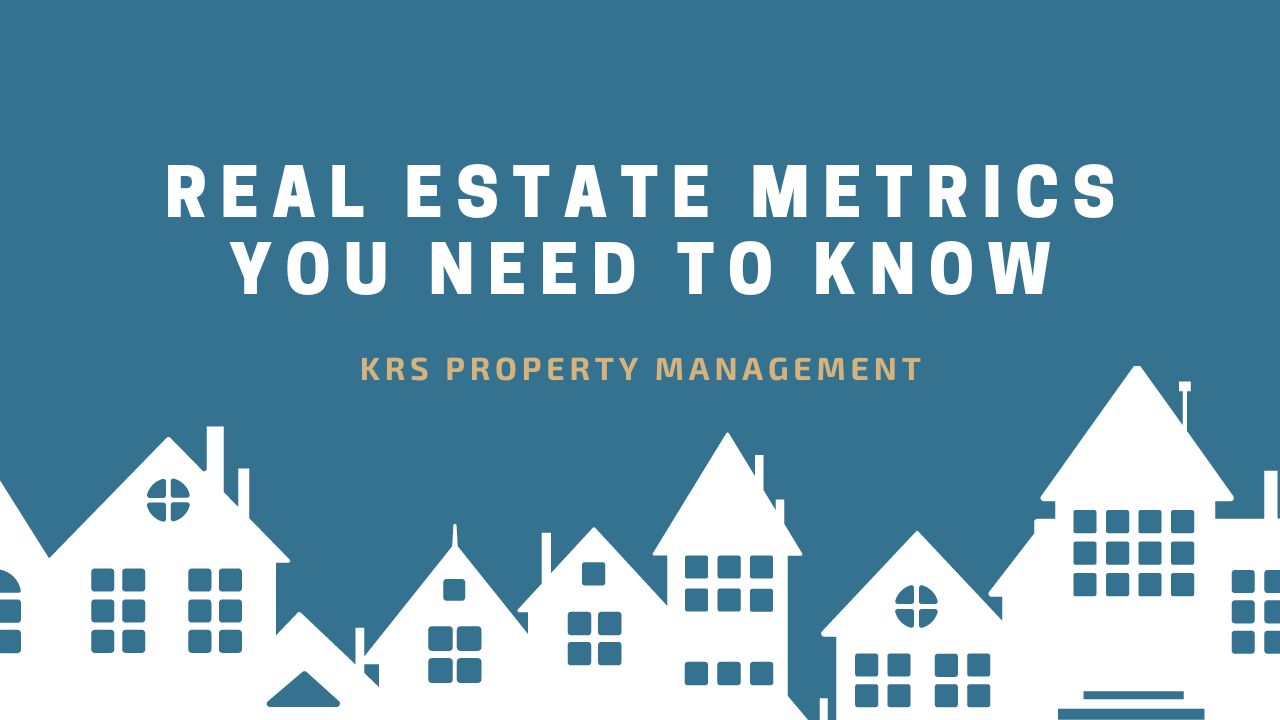
Understanding key real estate metrics and indicators can make the difference between owning a successful or failing property investment. Whether you're a seasoned investor or a first-time landlord, understanding essential real estate metrics is crucial for making informed decisions.
Cap Rate
The Capitalization Rate (Cap Rate) is a critical metric that real estate investors use to assess a property's potential return on investment. It’s calculated by dividing the property's Net Operating Income (NOI) by its current market value or purchase price of a property. A higher cap rate typically indicates a higher potential return on investment, making it an essential tool for comparing different investment opportunities.
Cap rate considers both the income generated by the property and its market value, providing investors with a clear indication of its profitability relative to its cost. Additionally, the cap rate allows investors to assess the risk that comes with owning a specific property by comparing it to prevailing market rates and industry standards.
Cash-on-Cash Return
Cash-on-cash return is a crucial metric used to evaluate the annual return on the actual cash invested in a property. It’s calculated by dividing the property's annual pre-tax cash flow by the total cash investment. This metric provides investors with a clear understanding of the cash yield generated by their investment relative to the initial cash output.

Cash-on-cash return considers the investment's financing structure, allowing investors to assess the impact of leverage on their returns. By analyzing cash-on-cash return, investors can determine the efficiency of their capital deployment and make strategic decisions to maximize their investment performance.
Net Operating Income (NOI)
Net Operating Income (NOI) is a key metric that represents the total income generated by a property minus operating expenses, excluding debt service and income tax. It gives investors a clearer picture of the property's profitability before accounting for financing and taxes. NOI allows investors to assess the property's operational efficiency and revenue-generating potential independent of its financing structure.
Gross Rent Multiplier (GRM)
The Gross Rent Multiplier (GRM) is a simple yet powerful metric used to assess the value of a property relative to its rental income. It’s calculated by dividing the property's purchase price by its annual rental income. A lower GRM indicates that the property offers better value for investors, as it implies a shorter payback period based on rental income alone. This allows investors to quickly compare the relative affordability of different properties in the market and identify potential investment opportunities.
Debt Service Coverage Ratio (DSCR)
The Debt Service Coverage Ratio (DSCR) evaluates a property's ability to cover its debt obligations with its net operating income. It’s calculated by dividing the property's net operating income by its annual debt service.

A DSCR greater than 1 indicates that the property generates sufficient revenue to cover its debt obligations, assuring lenders and investors. This metric allows investors to assess a property's financial health and risk profile, helping them make informed decisions about financing and leverage.
Occupancy Rate
This measures the percentage of occupied units within a property over a specific period. It’s a critical indicator of demand and revenue stability for real estate investors. A high rate of occupancy signifies strong demand and consistent cash flow, reducing the risk of income volatility and vacancy losses.
Conversely, a low rate may indicate potential issues such as oversupply, market downturns, or ineffective property management. By monitoring occupancy rates, investors can assess the performance of their properties, identify trends, and implement strategies to attract and retain tenants.
Average Rent per Square Foot
This metric is used to gauge the rental income generated per unit of space within a property. It provides insight into the market value of rental space and helps investors assess rental yield and potential profitability.
By analyzing the average rent per square foot, investors can compare rental rates across different properties and markets, identify opportunities for rental optimization, and adjust pricing strategies accordingly. Additionally, this metric allows investors to forecast future rental income and assess the overall performance of their real estate assets.

Vacancy Rate
This measures the percentage of unoccupied units within a property over a specific period. A low vacancy rate indicates strong demand and effective property management, contributing to consistent rental income and property value appreciation. On the other hand, a high vacancy rate may signal issues such as oversupply, market downturns, or inadequate marketing and management strategies. Monitoring vacancy rates helps investors identify potential risks, implement proactive leasing strategies, and optimize property performance.
Price per Square Foot
Price per Square Foot is a valuation metric that divides the property's sale price by its total square footage. It gives investors valuable insights into the property's market value relative to its size and location.
A higher price per square foot may indicate desirable features, location advantages, or potential for value appreciation. Conversely, a lower price per square foot may suggest undervaluation or investment opportunities. By analyzing price per square foot, investors can assess property values, and compare investment opportunities.
Return on Investment (ROI)
Return on investment quantifies the profitability of an investment relative to its cost. It’s calculated by dividing the property's net profit by the initial investment cost and expressing the result as a percentage. ROI provides investors with a comprehensive measure of investment performance, considering income generated and capital appreciation.
A higher ROI indicates a more profitable investment opportunity, while a negative ROI may signal potential issues such as underperformance or overvaluation. By analyzing ROI, investors can assess the efficiency of their investments, and compare alternative investment opportunities.
Bottom Line
Understanding and leveraging key real estate metrics is crucial for informed decision-making and maximizing returns in property investment, whether assessing potential acquisitions, optimizing rental income, or managing operational efficiency. At KRS Holdings, we specialize in assisting property owners with comprehensive analysis and strategic guidance to navigate the complexities of real estate investment.






